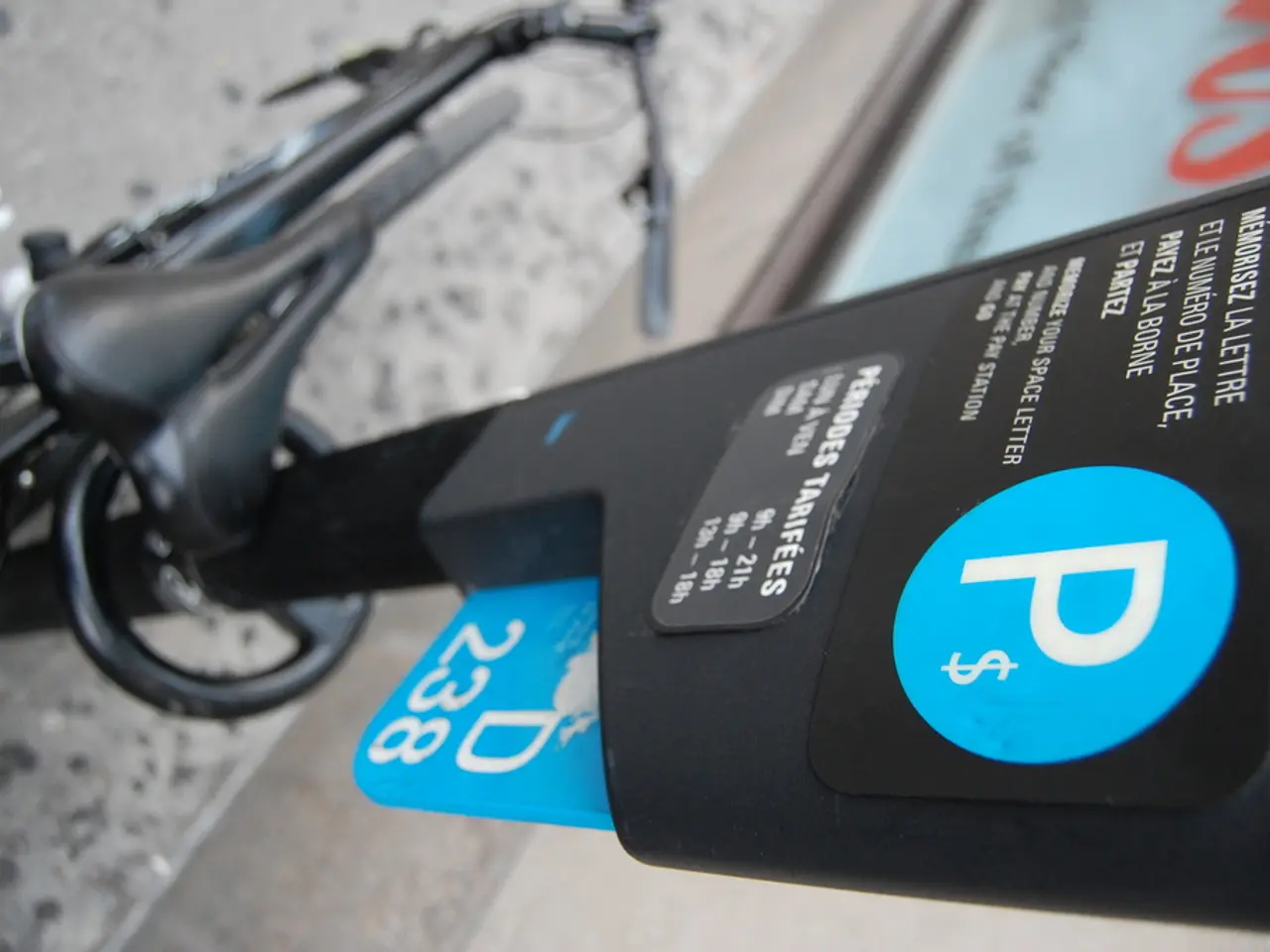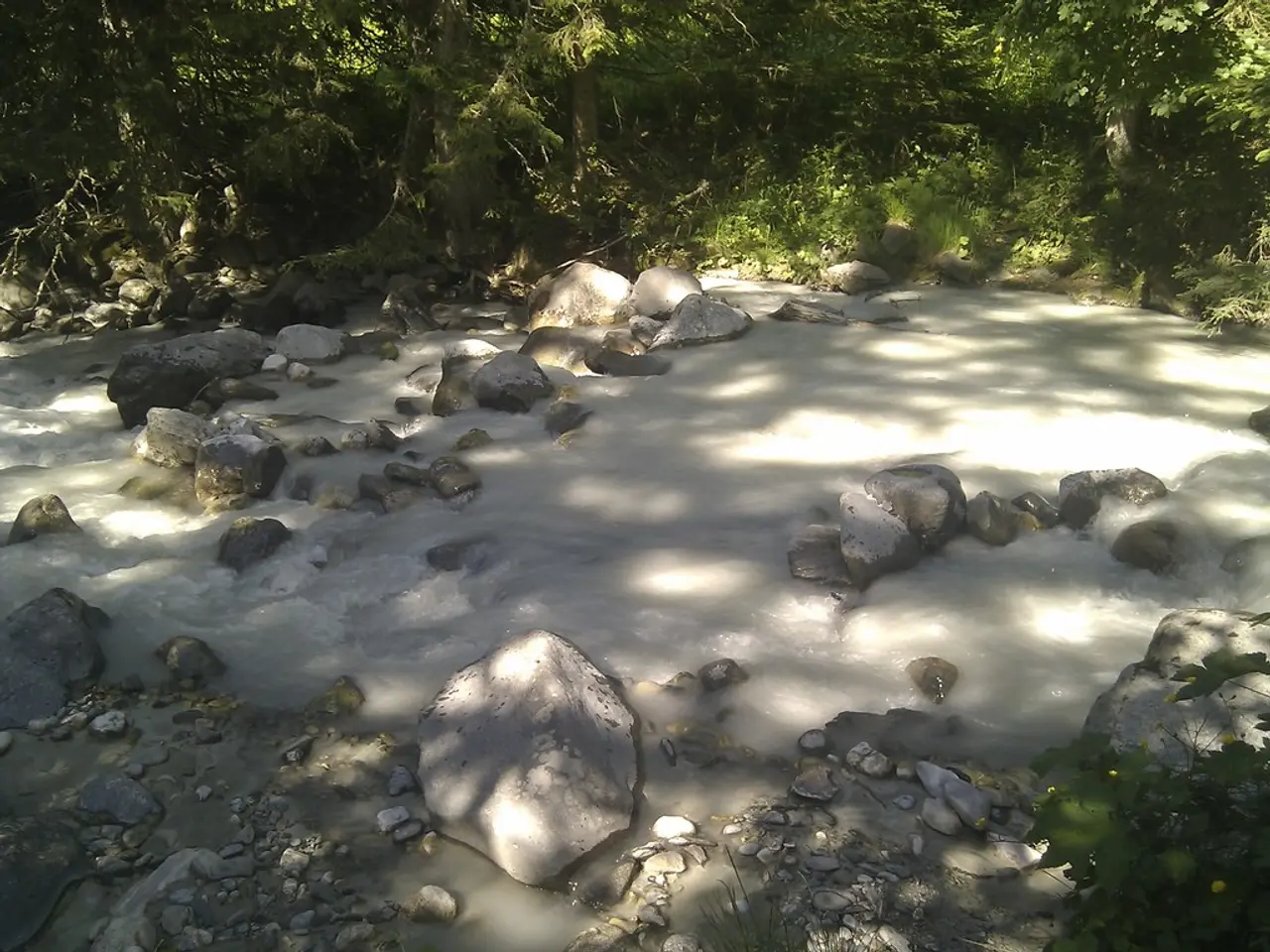DIY Guide on Driveway Resurfacing: Personal Attempt and Estimated Timeline for Vehicle Re-parking
Resurfacing a driveway can breathe new life into a worn, stained, or poorly draining surface, enhancing the appearance of a home and providing a durable parking space. This guide offers best practices for material selection, drainage strategies, and DIY vs professional work, as well as a step-by-step process for resurfacing a driveway.
## Best Practices for Resurfacing a Driveway
When it comes to material options, asphalt and concrete are popular choices due to their durability and cost-effectiveness. Asphalt requires regular maintenance, such as sealcoating every 2-3 years, while concrete offers a solid, long-lasting surface but can be stained by oil. Permeable pavers or gravel are ideal for improving drainage and reducing surface water runoff, but they require regular cleaning and weed management.
Proper drainage is crucial when resurfacing a driveway to avoid long-term damage and comply with sustainable urban drainage (SuDS) legislation. Ensure the driveway is graded to allow water to flow off into designated drainage areas. Use permeable pavers for flat areas, and interconnecting drainage channels for inclined surfaces. Comply with SuDS legislation to manage surface water sustainably.
DIY resurfacing is possible for small-scale projects and easy materials like gravel, but complex materials like tarmac, cobbling, and resin-bound driveways should be left to professionals. For larger projects or complex installations, it may not be feasible due to the need for specialized equipment and expertise.
## Steps for Resurfacing a Driveway
1. Assessment: Evaluate the condition of the existing driveway to determine if resurfacing is sufficient or if a full replacement is needed.
2. Clearing and Preparation: Remove debris and ensure the surface is clean and prepared for new material.
3. Material Installation: Follow the manufacturer's instructions for the chosen material, ensuring proper compaction and application.
4. Drainage Installation: Implement the chosen drainage solution to prevent water accumulation.
5. Finishing Touches: Apply sealants or coatings as needed to protect the surface and enhance durability.
While DIY projects can be cost-effective, hiring a professional is often the best option for ensuring quality and compliance with local regulations. Block paving, cobbles, and resin-bound driveways should be left for at least three days before parking on them after resurfacing.
Before resurfacing a driveway, check whether planning permission is required for the driveway plans. Overlooking drainage is a common mistake in driveway design, potentially causing structural damage to properties. A weed membrane and gravel stabilization grids are options for gravel driveways to prevent plants from growing.
Resurfacing a driveway can ensure it complements the style of a house and provides a place to park. Tarmac should be left to cure for at least three days before driving on it, while concrete should be allowed at least seven days. A driveway can significantly impact a home's appearance from the street, so careful consideration of material, drainage, and design is essential.
A home-and-garden project could involve resurfacing a driveway to create a more aesthetically pleasing living space, enhancing the lifestyle of the homeowner while providing a well-draining parking space. When choosing materials, one might consider permeable pavers or gravel for driveways to improve drainage and reduce runoff, contributing to a sustainable home-and-garden environment.




